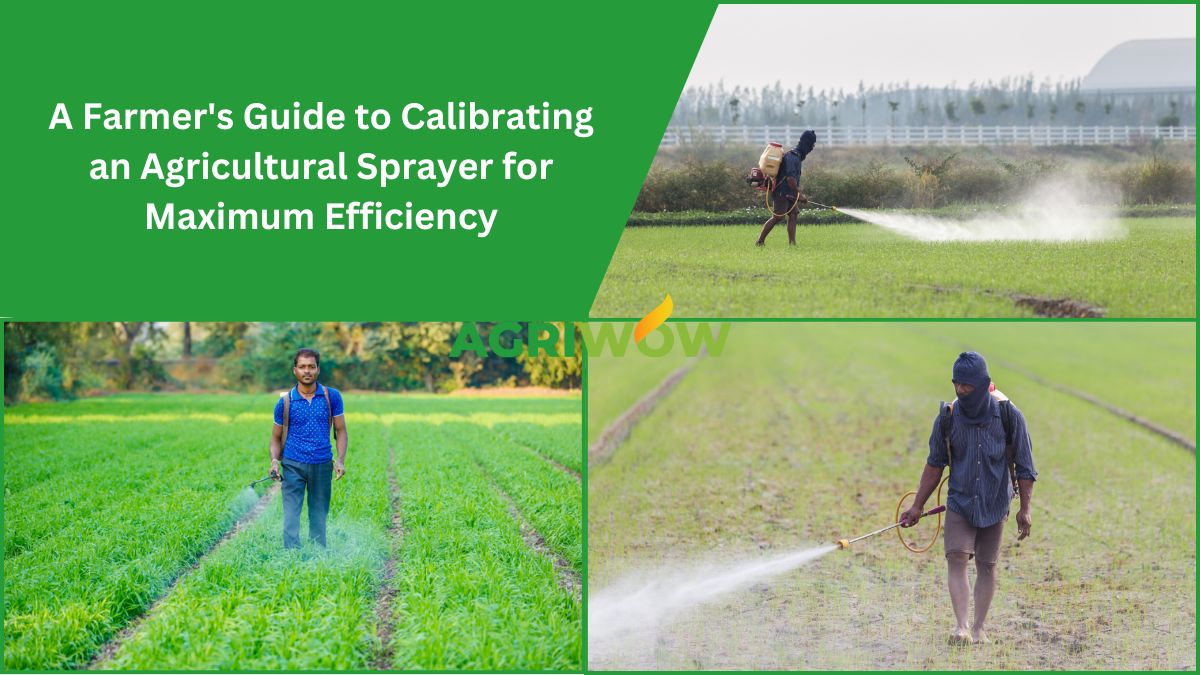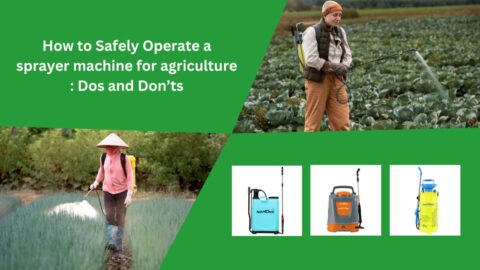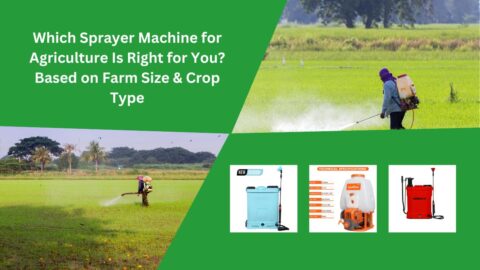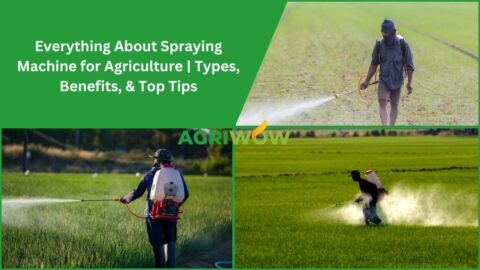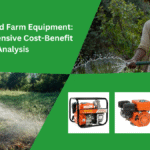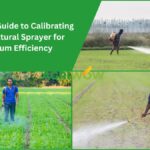In today’s modern farming, efficiency and accuracy go hand in hand. Every drop of fertilizer, pesticide, or herbicide applied to your crops has a purpose and to get it right, calibration is key. Whether you’re using a agriculture spray pump price or a simple hand-held unit, correct calibration ensures that your crops receive the right amount of protection without wastage or harm.
Let’s explore how to calibrate your sprayer step by step, along with some practical tips to extend its life and enhance your overall spraying performance.
How Do You Calibrate Agricultural Sprayers?
Calibration is the process of adjusting and testing your sprayer to ensure it applies chemicals evenly at the right rate. A well-calibrated spraying machine for agriculture helps in maintaining uniform application across the field, improving pest control, and minimizing costs.
An uncalibrated sprayer, on the other hand, can result in over-application damaging plants and increasing expenses, or under-application, which leaves weeds and pests untreated. Calibration is therefore essential for achieving consistency and protecting your investment.
You should calibrate your sprayer:
- At the start of each spraying season
- Whenever you change nozzle types or sizes
- After repairing any part of the system
- If you notice irregular spray patterns
Calibrating Your Sprayer in 3 Easy Steps
Step 1: Measure the Output
Fill your sprayer tank with clean water. Set your machine to the usual pressure and speed you use for spraying. Collect the spray from one nozzle for one minute in a measuring cup. Note the output and repeat for all nozzles. If one nozzle’s output differs by more than 10% from the average, clean or replace it.
Step 2: Calculate the Application Rate
Use this formula to determine your spray rate:
Application Rate (L/ha) = (600 × Nozzle Output in L/min) ÷ (Speed in km/h × Nozzle Spacing in cm)
This calculation helps you find out how much liquid is being applied per hectare. Adjust the pressure, nozzle size, or ground speed to reach your target application rate.
Step 3: Field Test and Adjust
Do a quick test on a small section of your field using water. Measure the liquid used over a certain area and compare it with your calculated value. Adjust your speed or pressure until you get consistent and accurate results.
When your manual spray pump or motorized sprayer delivers even coverage, your calibration is complete.
8 Essential Tips to Extend the Lifespan of Your Sprayer Machine
Your sprayer is a long-term investment, and a little care can go a long way in keeping it efficient and durable. Follow these eight easy tips to ensure your sprayer stays in excellent condition:
1. Clean Thoroughly After Every Use
Always rinse the tank, nozzles, and hoses with clean water to prevent residue buildup that can block nozzles and corrode metal parts.
2. Check Nozzles Regularly
Look for uneven spray patterns or leaks. Replacing worn-out nozzles on your neptune sprayer pump ensures uniform distribution and optimal performance.
3. Lubricate Moving Parts
Oil the pump handles, levers, and valves occasionally to avoid friction and extend component life.
4. Use the Right Pressure
Excess pressure might seem efficient but can damage nozzles over time. Always use the recommended settings for your sprayer type.
5. Store in a Safe, Dry Place
When not in use, empty and clean your sprayer. Store it in a cool, shaded area to protect it from sun damage and rust.
6. Inspect Hoses and Filters
Cracked hoses and clogged filters reduce efficiency. Clean or replace them regularly to ensure smooth spraying.
7. Protect Against Rust
Spray anti-rust lubricant on metal parts after cleaning, especially if your sprayer is used frequently or stored in humid conditions.
8. Schedule Regular Maintenance
Before every spraying season, inspect your equipment or have it serviced professionally. Timely maintenance keeps your sprayer machine for agriculture running like new.
Final Thoughts
Calibrating and maintaining your agricultural sprayer might seem technical at first, but it’s one of the most important tasks for a productive farm. Proper calibration helps you control chemical use, protect your crops, and maximize yields while reducing costs.
Whether you’re using a basic manual spray pump or an advanced spraying machine for agriculture, understanding how to fine-tune your equipment ensures that every spray counts. If you’re planning to invest in a new model, it’s also wise to check the agriculture spray pump price beforehand and choose one that suits your farm size and requirements.
With proper care, cleaning, and regular calibration, your neptune sprayer pump or any other model will serve you efficiently for years delivering consistent performance and healthy crops season after season.
FAQ
1: Why is it important to calibrate my sprayer more than once a season?
Regular calibration helps ensure consistent and accurate application rates. According to extension research, many applicators over- or under-apply pesticides by more than 10% when they don’t recalibrate regularly. Over time, nozzle wear, pressure fluctuations, or changes in travel speed (for tractor or manual sprayers) can cause the output to vary. Recalibration when changing nozzles, or when field conditions change, keeps your results within a desirable error margin (usually ±5%) of intended application.
2: What is the acceptable error margin when measuring nozzle output or application rates?
Most agricultural extension services recommend that deviations beyond ±5% of the intended application rate are too much. If measurements show that your sprayer is more than 5% above or below the target, adjustments in pressure, speed, or nozzle condition are needed. If an individual nozzle is more than ~10% off from average or from the specification, it often should be replaced.
3: How do I calibrate a manual or backpack-type sprayer compared to large boom sprayers?
Calibration for manual / backpack / hand can sprayers follows similar principles (correct pressure/flow, measuring output, matching with area treated), but scaled down. For example, one method is to mark off a small known area (say 1,000 square feet), spray it, then measure how much liquid is used. Compare that with the recommended application rate to see if you are over or under applying.For large boom sprayers, you will use larger field distances, multiple nozzles, and measure swath width, nozzle spacing etc. The key is: keep pressure, nozzle condition, travel speed consistent with what you’ll use in actual spraying.

